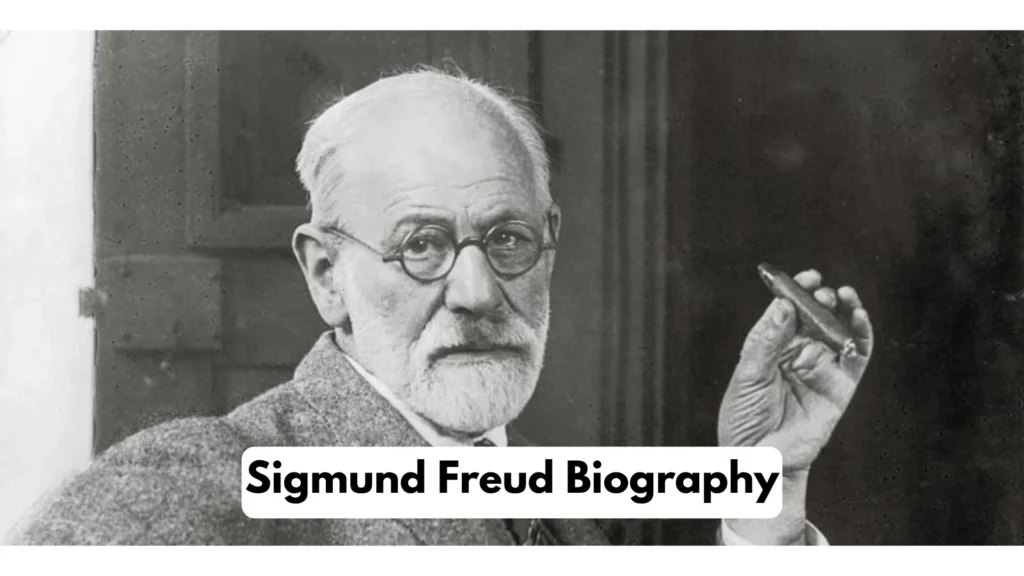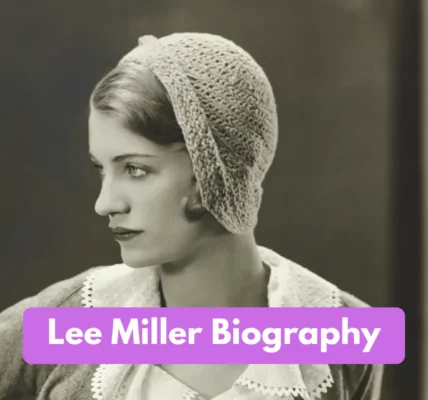Sigmund Freud remains one of the most influential — and polarizing — figures in the history of psychology. Born in the mid-19th century, Freud developed psychoanalysis, a method for exploring the unconscious mind that changed how people think about personality, development, and therapy.
This biography traces his life, major works, core theories, clinical methods, controversies, and the cultural reverberations of his ideas.
Early life and education
Sigmund Freud was born on May 6, 1856, in Freiberg (now Příbor, Czech Republic). Raised in a Jewish family that moved to Vienna when he was a child, Freud showed strong academic promise.
He entered the University of Vienna in 1873 and earned his medical degree in 1881. Early interests in biology and neurology shaped his investigative style even as he moved into clinical theory and interpretation.

Medical training and early research
After qualifying as a medical doctor, Freud worked at the Vienna General Hospital and conducted research in neurophysiology. He spent time in Paris with Jean-Martin Charcot, whose demonstrations on hysteria and hypnosis influenced Freud’s early thinking. Back in Vienna he collaborated with Josef Breuer on case studies that emphasized talk-based cures for conversion disorders—work that seeded the method that would later be called psychoanalysis.
Turning points: case studies and the clinical method
Freud built much of his theory from detailed clinical observation. He published famous case studies such as Dora (Ida Bauer), the Rat Man, Little Hans, and the Wolf Man. These cases illustrated techniques like free association and dream analysis, and they gave Freud material for developing ideas about repression, symbolic meaning, and unconscious conflict.
The Interpretation of Dreams and the unconscious
Freud’s landmark The Interpretation of Dreams (published 1899, commonly dated 1900) argued that dreams contain meaningful symbolic content revealing repressed wishes and unconscious conflicts.
He introduced concepts such as manifest vs. latent content and mechanisms like condensation and displacement—tools for decoding how the unconscious disguises its messages.
Major theories: psychosexual stages, defense mechanisms, and the structural model
Freud’s theoretical toolbox included psychosexual stages (oral, anal, phallic, latency, genital), defense mechanisms (repression, projection, denial, rationalization), and the structural model—id, ego, and superego—which he popularized in later writings.
The id represents instinctual drives; the ego negotiates with reality; the superego holds internalized moral standards.
Psychoanalytic technique: listening, interpretation, transference
Freud’s clinical method emphasized a neutral setting, the patient’s free associations, and careful interpretation. He developed the idea of transference and highlighted the therapeutic potential of working through transferred feelings. Freud’s clinical stance influenced later psychotherapy models by emphasizing sustained listening and the therapist-patient relationship.
Controversies and scientific critique
Freud’s ideas provoked debate about methodology, empirical testability, and theoretical emphasis on sexuality. Feminist scholars, behaviorists, and cognitive scientists have raised criticisms, while others argue that Freud’s interpretive depth and case-study method opened important conceptual territory about the unconscious.
Personal life, exile, and final years
Freud married Martha Bernays in 1886 and fathered six children; his daughter Anna Freud became a major figure in child psychoanalysis. The rise of Nazism forced Freud, who was Jewish, to flee Vienna in 1938. He settled in London and endured long-term illness from oral cancer; he died in London in 1939.
Cultural impact and legacy
Freud’s ideas reshaped literature, film, art, and cultural criticism. Terms like “Freudian slip,” “unconscious,” and “repression” entered the popular lexicon, and psychoanalytic frameworks became tools for interpreting texts and creative works. Even where scientific psychology moved in other directions, the cultural and clinical influence of Freud persists.
Timeline
- 1856 — Born in Freiberg (now Příbor), Moravia.
- 1881 — Earned MD, University of Vienna.
- 1899/1900 — The Interpretation of Dreams published.
- 1905 — Three Essays on the Theory of Sexuality.
- 1923 — The Ego and the Id.
- 1938 — Flees Vienna following political persecution.
- 1939 — Dies in London.
Recommended reading
- The Interpretation of Dreams (1899/1900).
- Three Essays on the Theory of Sexuality (1905).
- The Ego and the Id (1923).
FAQs
When and where was Sigmund Freud born?
May 6, 1856, in Freiberg (now Příbor), Czech Republic.
What is Freud best known for?
He is the founder of psychoanalysis, highlighting unconscious processes and the role of early development.
What are Freud’s most important works?
Key works include The Interpretation of Dreams (1899/1900), Three Essays on the Theory of Sexuality (1905), and The Ego and the Id (1923).
When did Freud die?
September 23, 1939, in London.
Is psychoanalysis still practiced?
Yes—modern psychodynamic therapies continue in clinics worldwide, often combined with evidence-based practices.
Conclusion
Sigmund Freud’s biography is the story of a thinker who mapped the unconscious. While many of his claims have been revised or rejected, his influence on clinical practice, cultural criticism, and the everyday language describing the mind is undeniable. A critical reading of Freud helps us see how modern views of personality and therapy were shaped.




